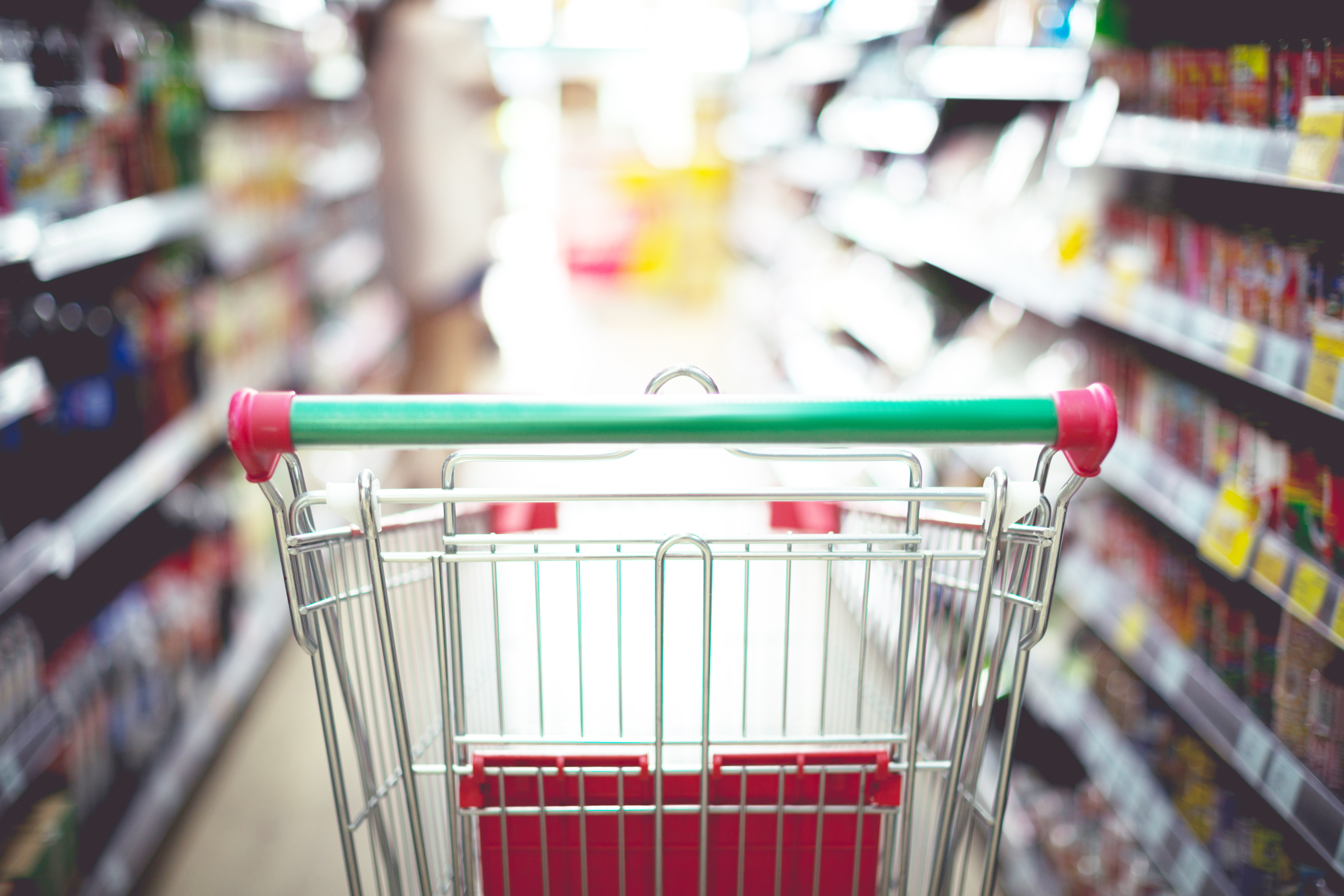In 2021, adopting ecommerce strategies will continue to be important for bricks and mortar stores, as will the need to find a balance between offering a safe environment for shoppers and delivering in-store experiences that make visiting stores a compelling proposition.
For bricks and mortar retailers, 2020 has been an incredibly challenging year as consumers turned to online shopping in droves due to the pandemic. However, while more people are now shopping online than ever before, research shows the majority of Australians still prefer to shop inside a physical store.
With the pandemic largely under control in Australia, more consumers are becoming comfortable visiting stores again, therefore the question for physical retailers in 2021 is whether they can return to pre-pandemic footfall levels.
In 2020, COVID-19 reminded retailers of the importance of having an omnichannel strategy in place, with successful retailers able to quickly switch between physical and online operations. In 2021, adopting ecommerce strategies will continue to be important for bricks and mortar stores, as will the need to find a balance between offering a safe environment for shoppers and delivering in-store experiences that make visiting stores a compelling proposition.
Providing a safe shopper experience
Regardless of a vaccine rollout, hand sanitisers, wipes and social distancing protocols are set to remain in stores for many years to come to ensure shops are perceived as safe and hygienic places to visit. Customers have come to expect a higher level of hygiene and 2021 will see many retailers look at new ways to embed hygiene protocols into daily operations. Disinfecting in-store displays, wiping down trolleys and baskets, and maintaining social distancing with protective screens at checkouts all help to build shopper trust and won’t be going away any time soon.
Already we’re seeing retailers implement new hygiene initiatives in stores. For example, Drakes Supermarkets recently introduced automated trolley sanitising as a more efficient and thorough way to disinfect trolleys, helping keep shoppers safe. Other retailers are considering applying permanent micro-antibacterial films to store equipment, including trolleys, in an effort to protect shoppers.
Contactless shopping
With the ongoing need to keep both shoppers and staff safe, contactless shopping is expected to grow in 2021. While contactless delivery is already commonplace among online retailers and food delivery providers, shoppers are now expecting similar contactless services from stores. As more people move away from cash, offering touchless tap-to-pay and mobile wallet payment options will become increasingly important.
With a greater emphasis on contactless shopping experiences, the focus may also shift to how contactless protocols can be extended through store supply chains to reduce a product’s touch points. For example, packaging has seen a shift from pre-COVID when a trend was growing towards more sustainable packaging or the removal of unnecessary packaging altogether. In 2021, stores will need to find a balance between offering a sustainable yet safe solution for packaged goods, such as fresh food and vegetables.
Virtual in-store assistants
At the height of the pandemic, many brands in the consumer electronics sector, which had historically relied on in-store brand ambassador programs, were forced to cease their in-store engagement activities as retailers discouraged people from standing around in stores. Brands have therefore needed to look at alternative ways to engage customers on the shop floor.
One such initiative currently being trialled by CROSSMARK clients is virtual in-store assistants, where a fixture is placed in stores and shoppers are encouraged to use it to speak to someone virtually about a product’s features and benefits. These virtual video experiences allow brands to continue offering shoppers a safe yet engaging in-store experience where they can obtain real-time information about a product they are considering purchasing without having to engage with shop staff or rely on web searches. The technology has been successfully implemented in the UK and is currently being considered by several Australian brands.
QR Codes
While QR codes have been around for years, they weren’t used prolifically until the pandemic set in and everyone was suddenly expected to use them as a check-in tool for COVID-19 contact tracing. The technology, which diverts users to a website address when they scan the QR barcode, presents some exciting opportunities for retailers. We recently saw QR codes pop up on television screens during the cricket to amplify viewer engagement, offering additional interactive content. In 2021, we can expect to see more retailers doing the same by encouraging shoppers to scan QR codes while they are in-store so they can learn more about a product’s features or origins.
While bricks and mortar stores can expect to face ongoing challenges in 2021, technology is poised to deliver exciting opportunities for those who are prepared to innovate.

